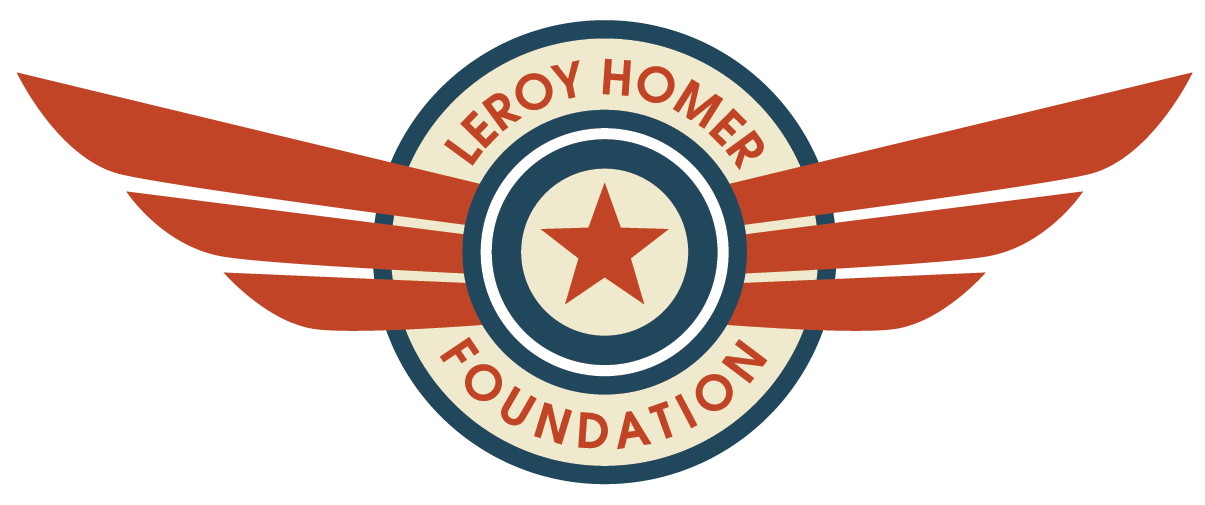Flight Attendants are now the front line for airline security.
I recently witnessed this on a domestic flight. The pilot and first officer left the cockpit to use the bathroom on an Airbus 319. These planes have the bathroom right next to the cockpit. Maybe not such a smart spot?
As part of the pre-flight brief, they announced that “only one person at a time could be waiting in the aisle by the lavatory.” In some circles, that’s a head start.
To “protect” the pilots while they used the bathroom, a flight attendant moved to the head of the aisle placing a beverage cart there and held “post.”
For several minutes, it was the beverage cart and flight attendant that stood between the passengers and the pilots / cockpit door.
According to sources, this is an FAA approved “protective measure.”
I hope flight attendants are trained like Steven Seagal because TSA and air carrier studies have shown that a cockpit, when the door is opened, can be breached in as little as 3 seconds with the cart/flight attendant on post. Picture a 200+ pound enraged and focused guy charging the cart/flight attendant at full speed.
That’s ok, Airlines think that in this day and age, the passengers will also help. That is probably true post 9/11 and it’s nice of the airlines to consider paying passengers as supplemental security on flights. You think tickets would be less.
One year ago today, 9/11 widow Ellen Saracini whose husband Victor was the Captain of high jacked aircraft United 175 advocated to Representative Mike Fitzpatrick to introduce HR 1775, The Saracini Aviation Safety Act which would solve the “flight attendant on post” problem.
That bill would mandate proven secondary barriers on all US aircraft. Barriers which multiple studies have said are the most cost effective way to really secure a cockpit.
The airlines have balked at the alleged cost. It costs over $1 Million dollars for an aircraft’s “inflight entertainment” system and airlines have grossed over 3 Billion in baggage fees. Secondary barriers run approximately $3K-10K installed or for free on new planes, like the Boeing 747. Perhaps airlines think satellite TV and paying for luggage will deter a highjacker?
Here are some more costs the airlines seemed to forget about:
According to the Institute for the Analysis of Global Security:
9/11 total losses exceed $100 Billion dollars.
If you add in the loss in stock market wealth (including airlines stocks) — the market’s own estimate arising from expectations of lower corporate profits and higher discount rates for economic volatility — the price tag approaches $2 trillion.
The loss of four civilian aircraft alone is valued at $385 million.
That’s 385 inflight entertainment systems!
These 9/11 losses were broadcast far and wide, the most infamous being the video showing a terrorist highjacked United 175 being rammed into the South Tower.
I wonder if that is available on the entertainment system?
In a Fox News interview, retiring FBI Director Mueller said that out of all the terrorist threats, “The possibility of a plane being taken down (via highjacking) … tends to keep us awake at night.”
I guess airlines sleep well knowing that flight attendants and passengers are on the front lines of securing their planes.
For more information visit the Pilot Partisan Blog.
Submitted by Valerie Mihalek
Director at Large
The LeRoy W. Homer Jr. Foundation











Recent Comments